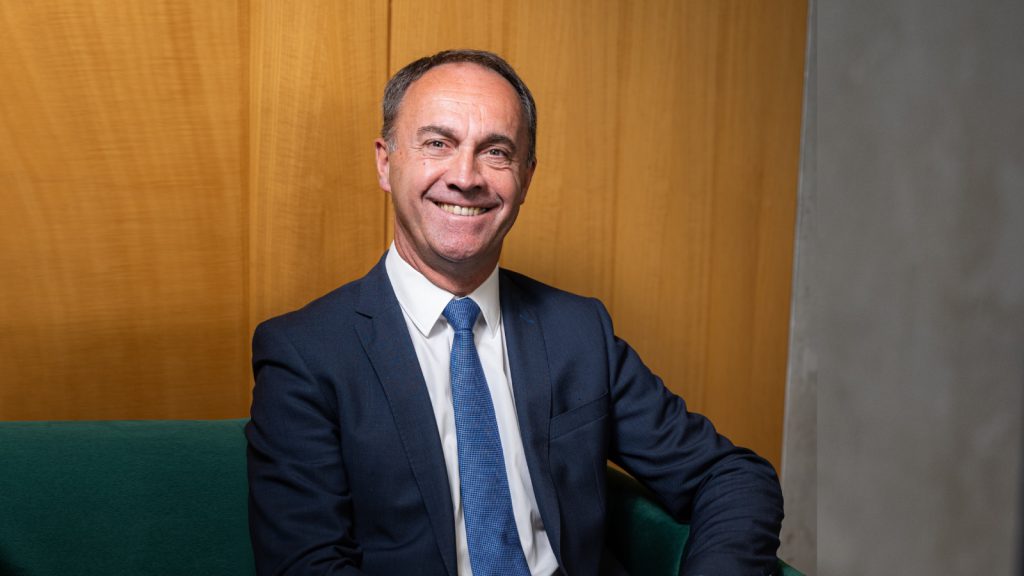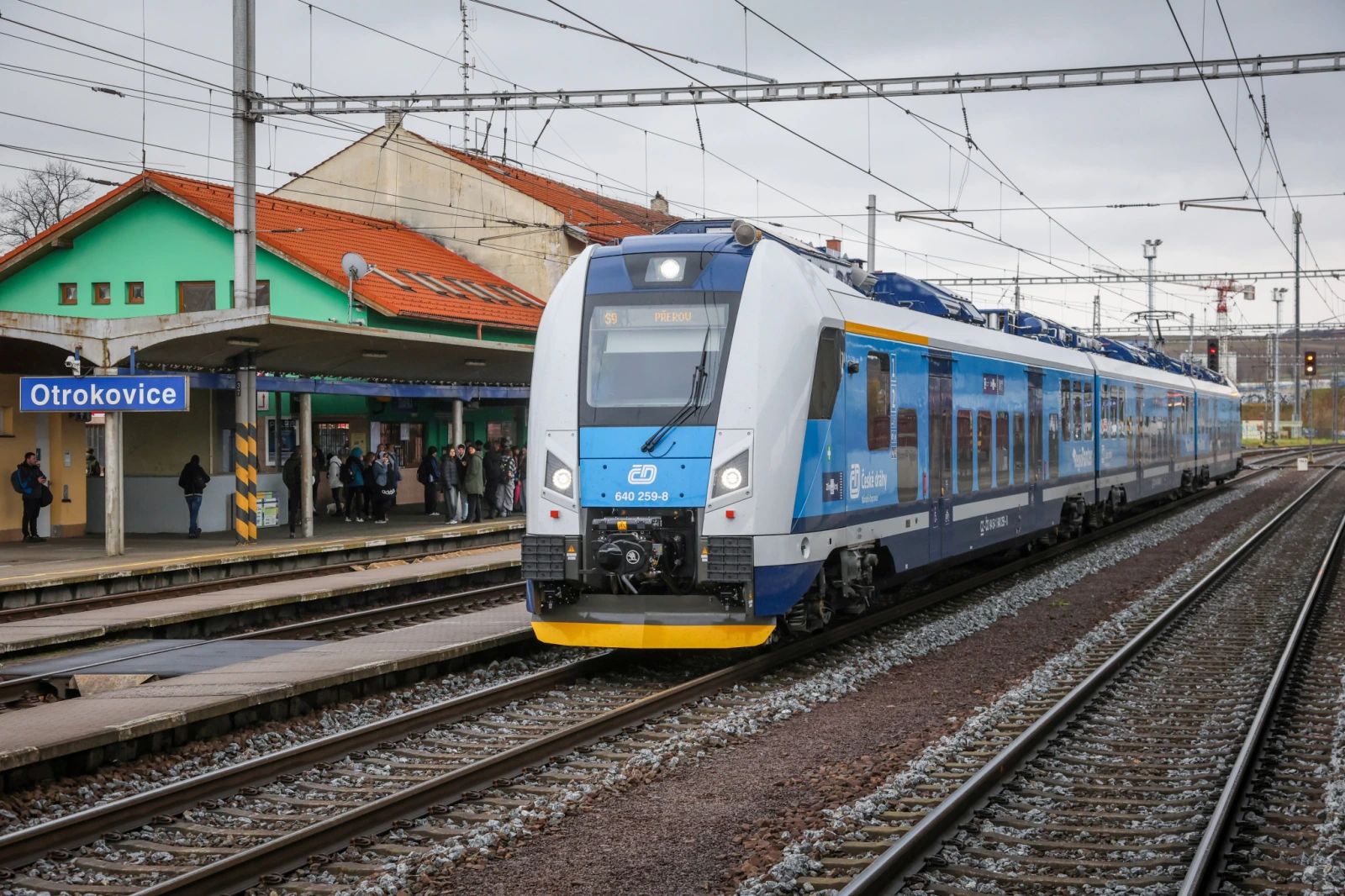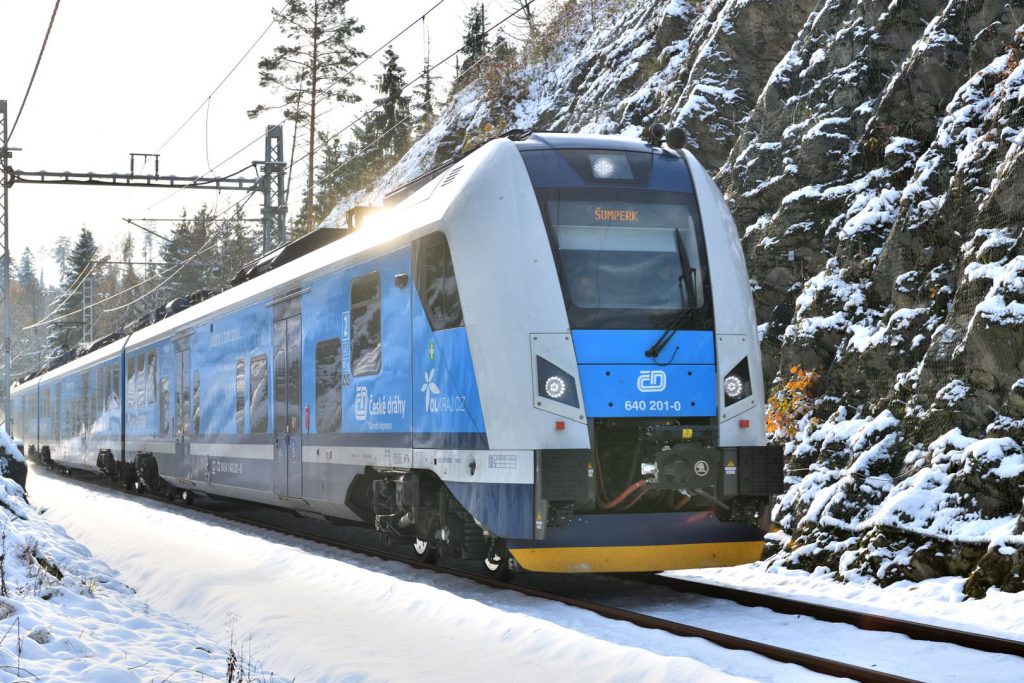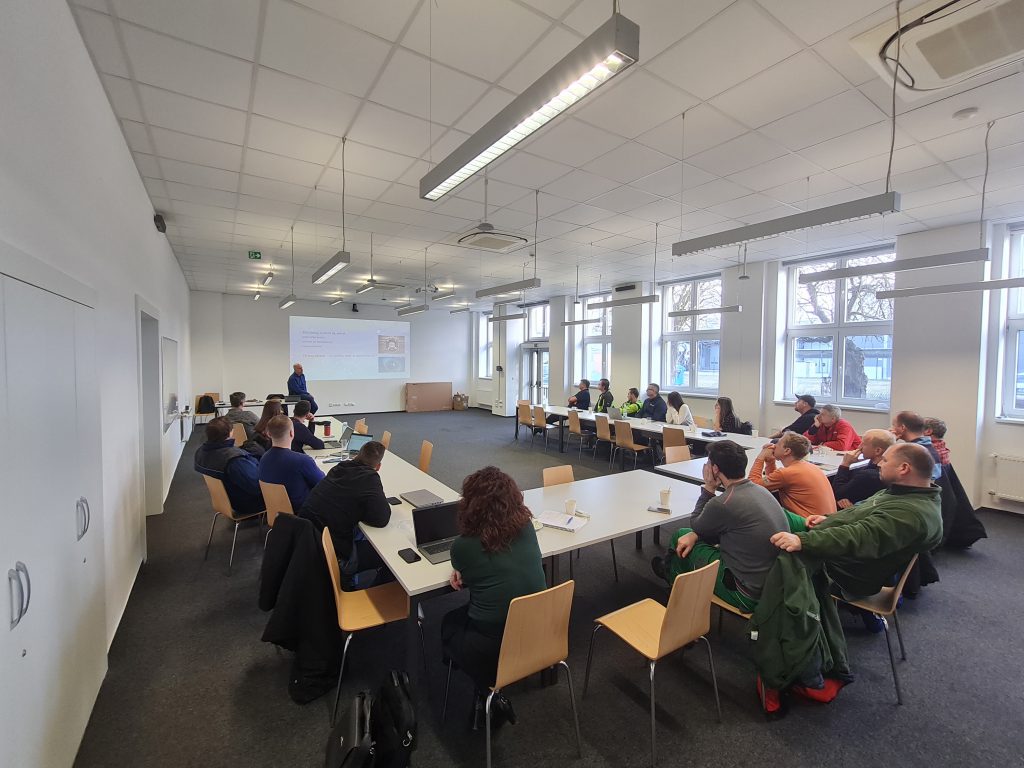Transcript of the interview from Hospodářské noviny 14 June 2023 .
What will Skoda look like as a company at the end of the decade?
We are now a medium-sized supplier and we want to stay among the top ten players. Compared to the biggest ones, we don’t have a global reach and we don’t offer all products. This is something that will not change – Europe and its wider surroundings are a sufficient market for us. For the next three to four years, it is essential for the Škoda Group to ensure order stability. We need to increase service revenues in our core markets, which are still small. We need to make progress in safety equipment (software for vehicles, so-called signalling – ed.). This year, for example, we bought a Belgian company that develops software. The internal efficiency of the company is also important, because we have a lot of medium-sized projects. This applies most of all to trams, which now account for 30 to 40 percent of turnover.
Last year you sold the rights to the Škoda brand to Škoda Auto in Mladá Boleslav. You can use it until 2029. What’s next?
Exactly until 2027 and then we have a two-year option. I’m sure we will always refer to the history of Skoda. But building a strong new brand would be better. We also made this decision because people mostly think of Škoda as a car brand, not us.
So you’re looking at building a brand or acquiring another.
All scenarios are possible, but it is not our main priority. At most, some complementary acquisitions to strengthen our competence and capacity in signalling, digitalisation and service are under consideration.
Will Škoda ever make locomotives again?
We now use the motto “City and intercity solutions”. This is the thing we will focus on – urban mobility and intercity trains. We lost the locomotive market a few years ago (the last type produced was an electric Škoda 109E with the trade name Emil Zátopek – ed.). The European market is dominated by the German Siemens and the French Alstom. For a company the size of Skoda, this does not make sense now. For the next few years, we do not foresee locomotives in our strategy. Maybe one day we could succeed again in the countries of the former Commonwealth of Independent States, probably especially in Ukraine. But these are not plans for the next few years.
The biggest European players are Siemens and Alstom. Can Škoda go up against them other than on price? Is that still your biggest advantage?
We produce in the Czech Republic cheaper. But Alstom can manufacture in India or elsewhere in Eastern Europe. I don’t see Alstom and Siemens as our main competitors. It is much more Stadler and other medium-sized manufacturers like Polish Pesa. Alstom and Siemens target the largest projects, we primarily target medium-sized orders between €20 million and €100 million.
How did Škoda perform last year?
We grew our sales and adjusted EBITDA by more than one-fifth. Sales were just under EUR 764 million and adjusted operating profit was EUR 50.2 million. Last year was an exceptional year, as the one-off income from the sale of the Škoda brand still affected the results. Including it, EBITDA would have been over €180 million. This is a good result because the share of security equipment and service revenue was less than 20 percent.
How many cars have you sold?
We produced 213 of them, an increase of 19 percent year-on-year. We had a very successful year in the production of RegioPanters. Our customers have ordered more than 260 of these in various configurations. This year will be a critical year for us in deliveries of all types because we have a lot of orders to complete. We will grow by about 50 per cent in the number of vehicles produced.
What is the share of deliveries to the Czech and Slovak markets?
So far, it’s 60 percent. It will continue to be our main market in the future, but by the end of the decade the share of the Czech Republic and Slovakia in turnover could fall below half. Another 20 per cent is now accounted for by Eastern Europe, which is mainly orders for the metro in Warsaw and electric trains for Latvia and Estonia. Western markets account for 15 percent. Here, it’s mainly trams for Germany so far. The rest is Scandinavia, which for us is mainly Sweden and Finland. What is uncertain is the rest of the world. At the moment we are negotiating a big contract in Egypt and we have also submitted bids in Israel, for example.
How is the tender for trams for the Prague Transport Company?
We’re working on it. At the beginning of June we submitted bids for Prague and Ostrava. Of course, we want to succeed in order to confirm our position on the market. But the competition is also growing in the Czech Republic and is more aggressive than 10 years ago. Just like we are trying to get into Italy.
What about market penetration in Western Europe?
Germany is the main market there for now. Last October we established a subsidiary in Italy and participated in many tenders. We recently won a large contract for Tesmec for electric motors and equipment for their rail maintenance vehicles.Škoda was also announced as the winner for the supply of 10 trams in Bergamo – ed.). There are several other tenders in progress, in which we are participating in Italy and Germany. In Italy, as in Germany, we are targeting the supply of trams, buses and trolleybuses. For trains, the bigger players are in a stronger position and there is no point in fighting them.
How does the cooperation with Temsa, a Turkish bus and truck manufacturer, which you half own, help Skoda?
Temsa is a good addition to our business. We can compete with, for example, Polish Solaris and others. We use Temsa’ s bodies for our buses and trolleybuses. But otherwise the business is separate, because Temsa targets more private customers (B2B), while Škoda is focused on public tenders (B2G). Most of the cooperation is trolleybuses.
Does the Russian market still play a role in your plans?
We are not there and we are not planning anything thereŠkoda has withdrawn from the joint venture with the Russian Sinara concern – ed.). Russia was not important for us even before the war. There are not many opportunities there. When I worked at Alstom, I had the Russian market under me and it never worked. Russia is a difficult country for business – there are strong domestic players and a lot of politics. We focus on other markets where business is better done.
But you have plans in Kazakhstan, where you want to produce trams and buses directly.
I know this market well from my past work, because locomotives were sold there. Škoda needs to localise production to supply trams and buses to this market. We want to use local resources for production there. We have no plans to export from Kazakhstan elsewhere. At most to other Central Asian countries. We are not considering exporting from Kazakhstan to Russia.
How many orders do you have at the moment?
For 3.5 billion euros (over 82 billion crowns). This includes long-term service contracts. Our biggest contracts at the moment are, for example, the production of trams for the tri-cities of Mannheim, Ludwigshafen and Heidelberg in Germany or the metro for Warsaw and trams for Helsinki. In total, we now produce trams for 13 cities and trains for the Czech Republic, Slovakia, Latvia and Estonia. Earlier this year, we won an order to supply new sleeper cars to Finland.






